Africa's youth and dynamism are predicted to be at the heart of the global economy in the future.
In recent decades, China's spectacular growth has become the engine of the world economy. From 1980 to 2020, China's growth contributed to a quarter of global GDP growth, surpassing the US (22%), the European Union (EU, 12%) and Japan (4%).
From 2010 to 2020, as the US and EU were still recovering from the 2007-2008 financial crisis, the world became even more dependent on China, with its growth accounting for more than 40% of global GDP growth.
China’s success story has much to do with its demographic dividend. But that advantage is no longer there. China is facing an aging population and a shortage of young workers.
Meanwhile, the prospect of India becoming the “second China” is unlikely to happen as the South Asian country will soon face many demographic constraints similar to China today. Faced with that reality, Foreign Affairs magazine commented that Africa is the new growth engine of the global economy.
 |
| Young workers in Addis Ababa, Ethiopia, pack vegetables and fruits for export. Photo: Panos/ Sven Torfinn (United Nations) |
Foreign Affairs cited a United Nations report that estimated that by 2050, Africa's population will increase from the current 1.4 billion to 2.5 billion, thanks to falling mortality rates and high fertility rates. At the same time, the number of young workers in China, Japan, South Korea and EU countries continues to decline sharply. By 2050, China's young workforce is forecast to decline by 40% (equivalent to 300 million workers) compared to its peak in 2010. The current workforce will age and the number of people over 65 will double.
Despite policies to encourage more children, China is unlikely to turn things around for at least the next 15 to 20 years. So all eyes are on India, which has just overtaken China as the world’s most populous country.
However, it is important to note that India’s population is expanding not because of high fertility but because of increasing life expectancy. Statistics show that India’s fertility rate has fallen sharply from 4.0 children per woman in 1990 to just 2.0 children per woman today. The country’s young workforce aged 15-24 peaked in 2021 and is expected to shrink by 15% by 2050, countering the rise in the number of older people.
In the next 20 years, many countries will also face a decline in young workers and an explosion of the elderly. The fertility rate table gives the following figures: 0.8-1.3 (East Asia); 1.5-1.7 (US and EU); 1.9 (Latin America) and 2.0 (India). In Africa alone, the fertility rate is at a record high: 4.3 children/woman. It is estimated that by 2050, Africa's prime working-age population will be five times larger than Europe's, larger than India and China's combined. In the coming era, African youth will account for 98% of total global labor force growth.
Of course, the 54 diverse countries of the African continent are unlikely to unite as one to produce a productivity miracle like China’s. But looking back, the idea that China would soon have an economic powerhouse on par with the US or the EU seemed unrealistic in the 1980s. Today, China is the second-largest economy in the world.
In Africa, between 1980 and 2020, sub-Saharan Africa’s GDP more than tripled from $600 billion to $1.9 trillion. Between 2000 and 2020, Nigeria’s GDP nearly tripled, and Ethiopia’s quintupled. If these countries continue to grow at this rate and pull other African economies along through deeper regional integration, a generation of young African workers could be on their way to creating a global growth boom.
Of course, the biggest obstacle to Africa’s economic growth is armed conflict and ethnic violence. According to Foreign Affairs, given Africa’s special importance, the world needs stronger diplomatic policies to help prevent or end conflicts and violence, so that Africa can truly become a new growth engine for the global economy in the coming time.
HA PHUONG
Source




![[Photo] Touching images recreated at the program "Resources for Victory"](https://vstatic.vietnam.vn/vietnam/resource/IMAGE/2025/4/14/99863147ad274f01a9b208519ebc0dd2)
![[Photo] Children's smiles - hope after the earthquake disaster in Myanmar](https://vstatic.vietnam.vn/vietnam/resource/IMAGE/2025/4/14/9fc59328310d43839c4d369d08421cf3)
![[Photo] Opening of the 44th session of the National Assembly Standing Committee](https://vstatic.vietnam.vn/vietnam/resource/IMAGE/2025/4/14/03a1687d4f584352a4b7aa6aa0f73792)
![[Photo] General Secretary To Lam chairs the third meeting to review the implementation of Resolution No. 18-NQ/TW](https://vstatic.vietnam.vn/vietnam/resource/IMAGE/2025/4/14/10f646e55e8e4f3b8c9ae2e35705481d)





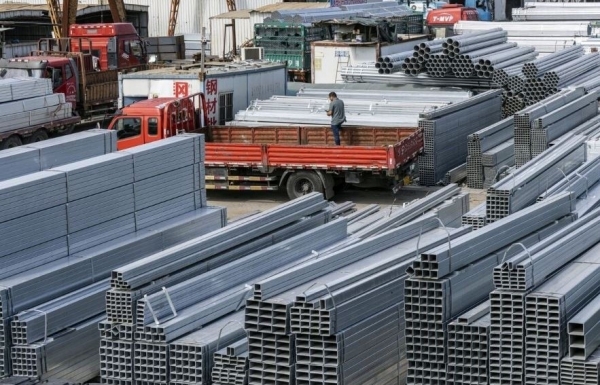
















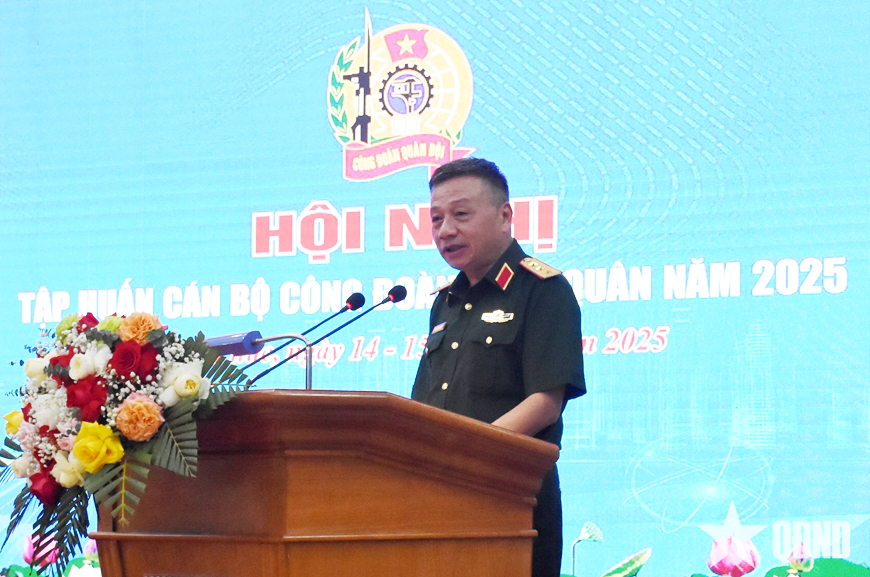









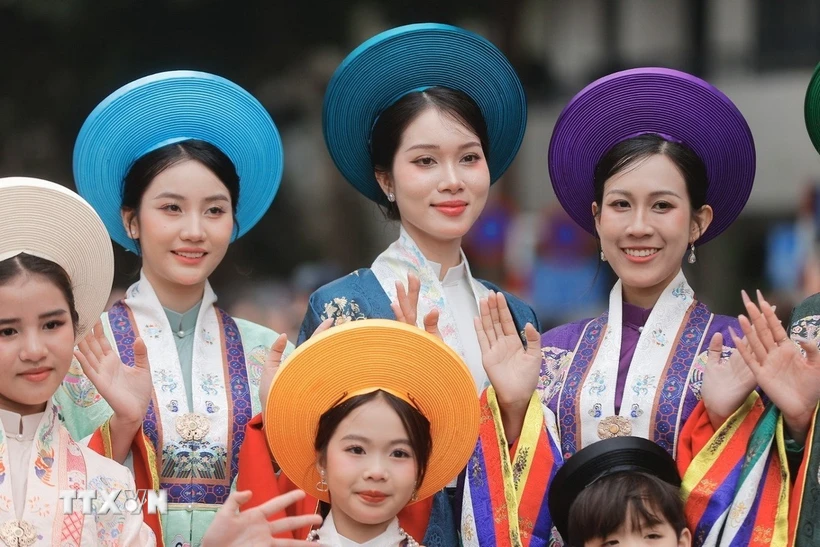























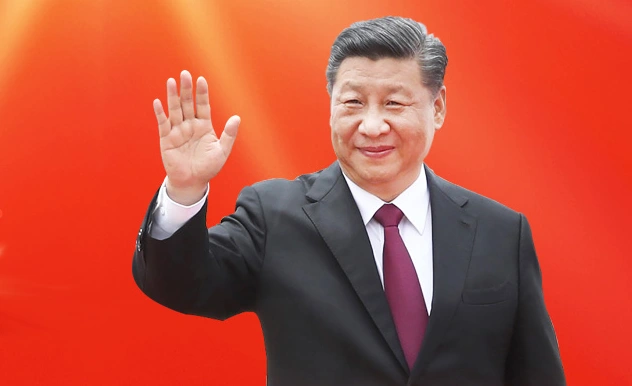

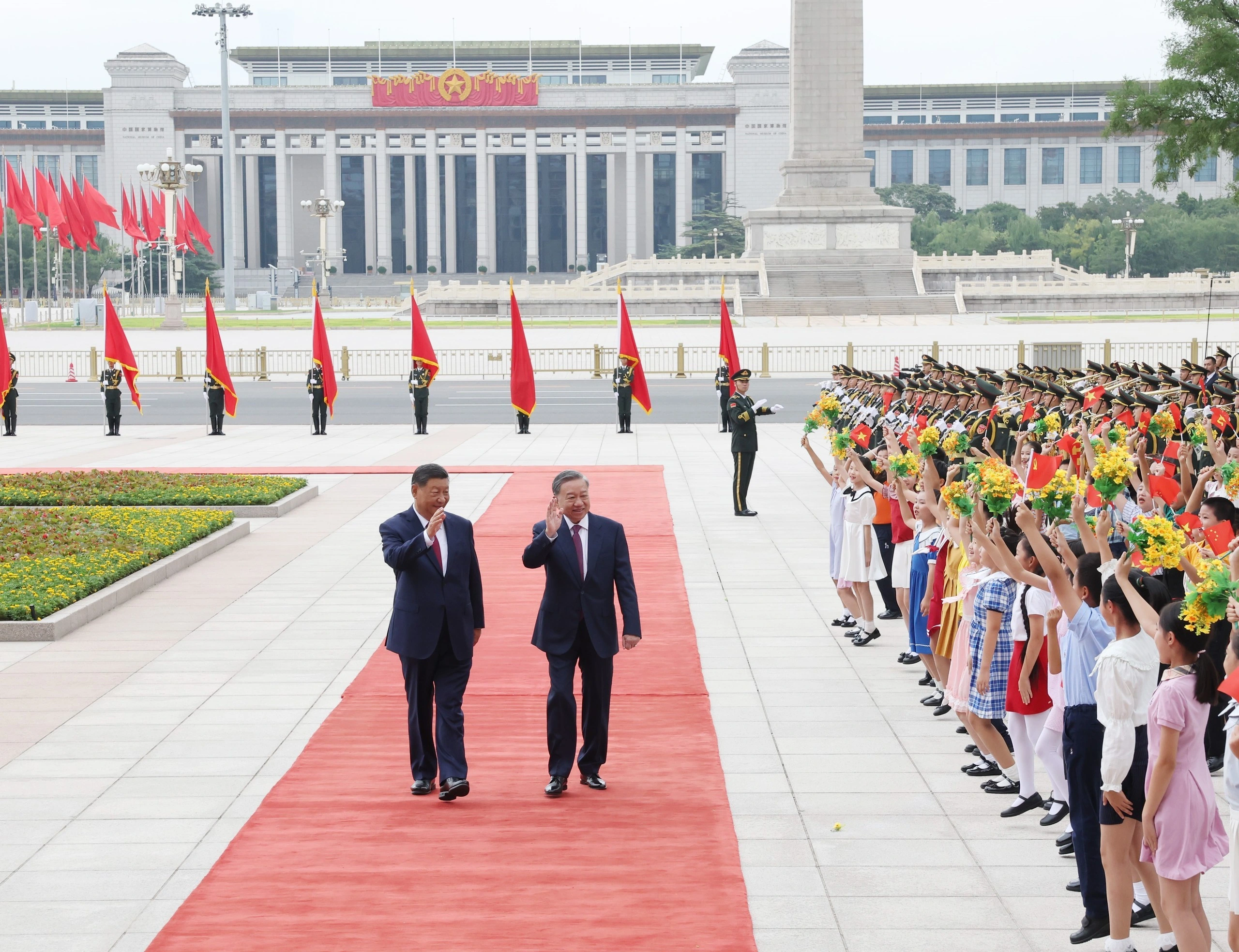
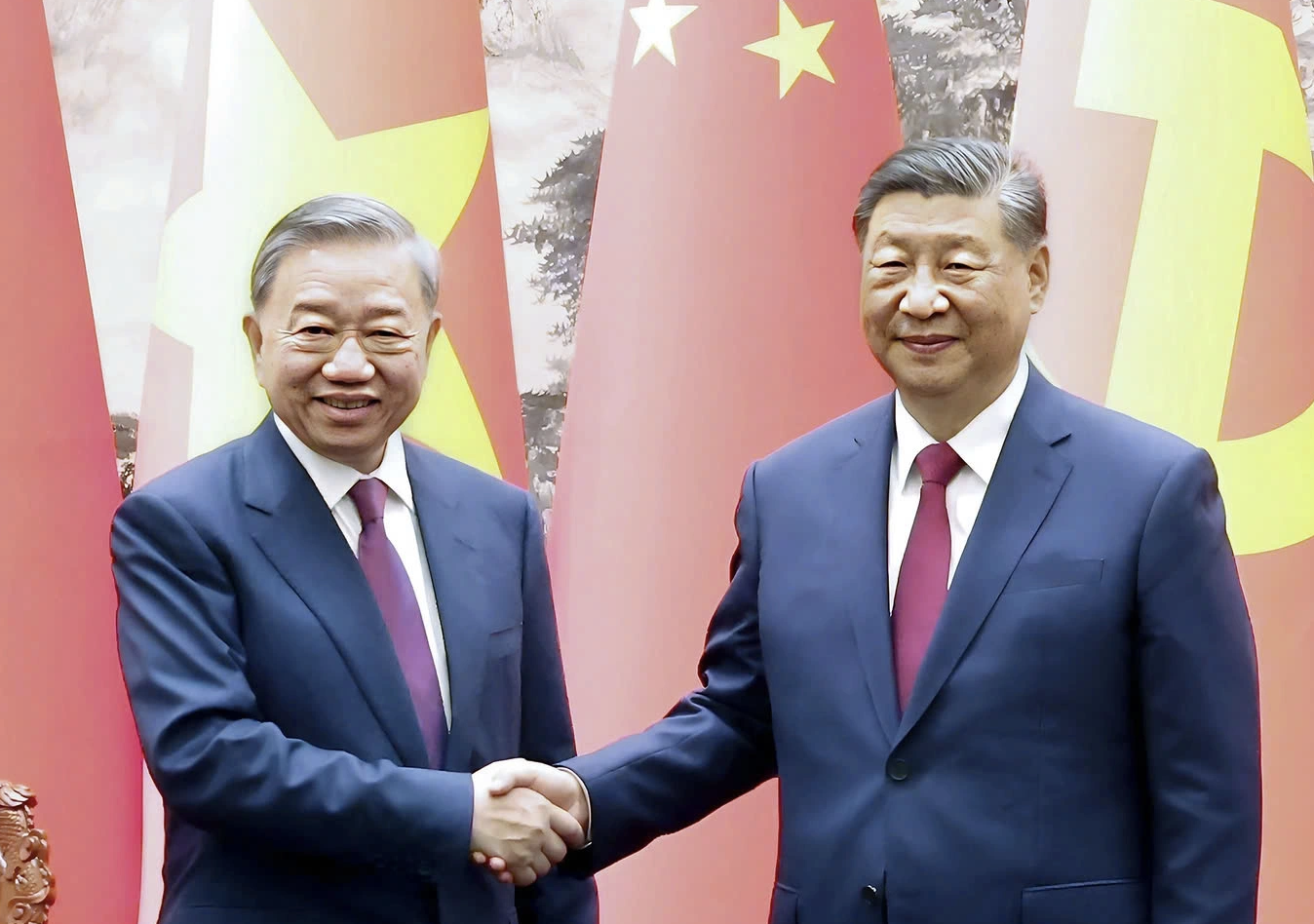


























Comment (0)